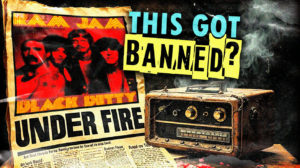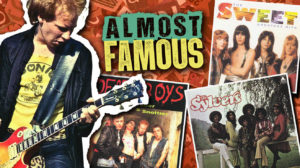
The 1970s birthed hard rock’s most explosive era, and the evolution of 1970s hard rock set the stage for many of the decade’s most powerful anthems. Yet some of its fiercest anthems disappeared faster than vinyl at a garage sale. These one-hit wonders packed more punch than half the overproduced chart-toppers cluttering today’s playlists. Each track captures lightning in a bottle — that perfect storm of raw talent, killer hooks, and zero corporate interference. You’ve probably heard these songs bleeding through classic rock radio at 2 AM. Ever wonder why they never dominated like “Free Bird” or “Smoke on the Water”? Time to give these forgotten heroes their due recognition.
10. Focus – “Hocus Pocus”
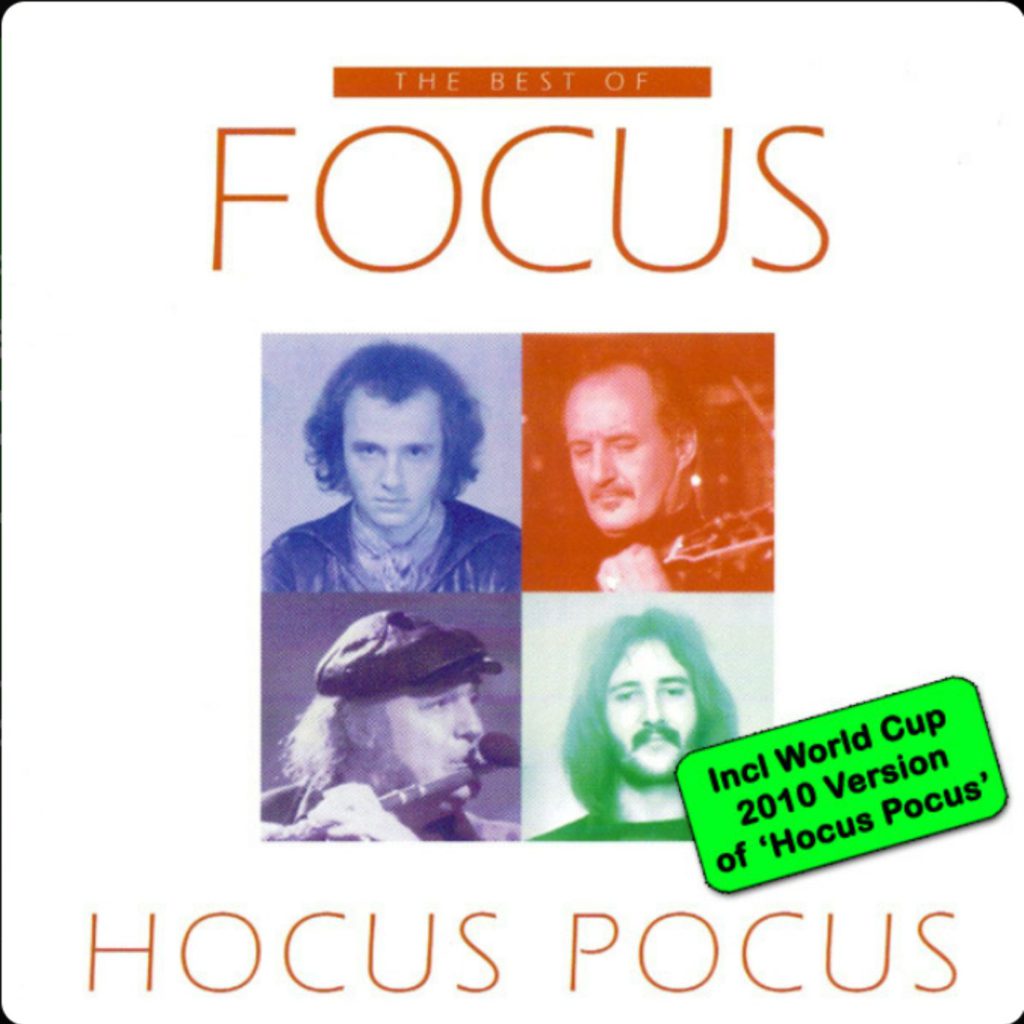
What happens when progressive rock actually rocks? Initial radio resistance crumbled when listeners flooded request lines. DJs had to spin number 9 Billboard magic against programming conventions, as shown in the “Hocus Pocus” chart history. Focus created something genuinely unprecedented — complete with yodeling that somehow doesn’t sound ridiculous. The flute solos add unexpected texture without derailing the song’s heavy momentum. Experimental doesn’t mean unlistenable, apparently. Conventional wisdom says weird doesn’t sell. “Hocus Pocus” laughed at conventional wisdom while climbing charts worldwide. Sometimes musical alchemy requires ingredients that shouldn’t work together. When properly combined, they create pure gold. The Hammond organ foundation provides the harmonic complexity that makes those flute passages soar.
9. Brownsville Station – “Smokin’ in the Boys Room”
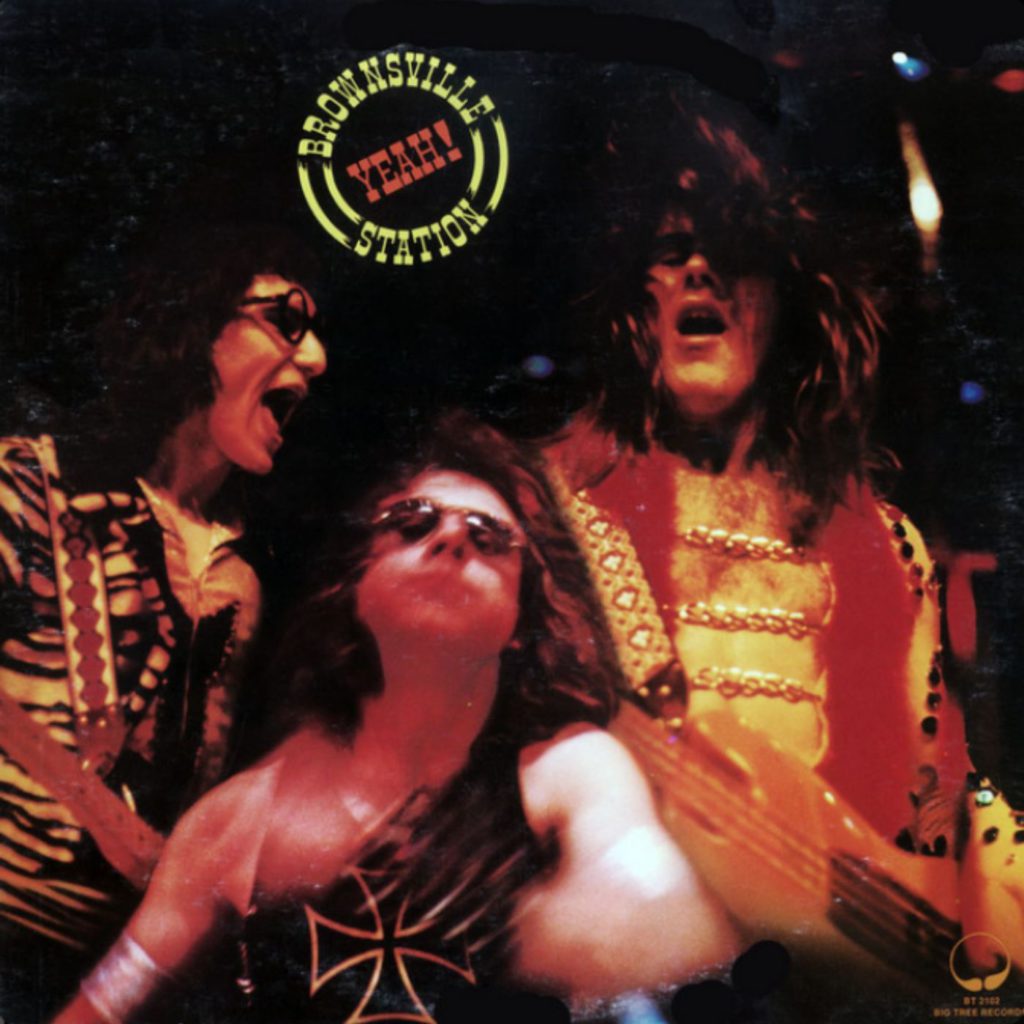
Why did this rebellious teen anthem disguised as number 3 Billboard gold sell over two million copies? Kids recognized their own hallway defiance in every verse. The schoolyard storyline resonated because it felt authentic. These weren’t millionaire rock stars pretending to understand teenage frustration. Brownsville Station captured actual rebellion, not the manufactured kind that sells energy drinks and designer jeans, as Brownsville Station’s legacy shows in classic rock circles. The gritty charm made radio programmers nervous. Teenagers kept requesting it until stations surrendered. This track helped define generational attitude when rebellion still meant something. Marketing demographics and focus group testing hadn’t ruined everything yet. The chugging rhythm guitar provides the perfect backdrop for sneaking around school corridors.
8. Ram Jam – “Black Betty”
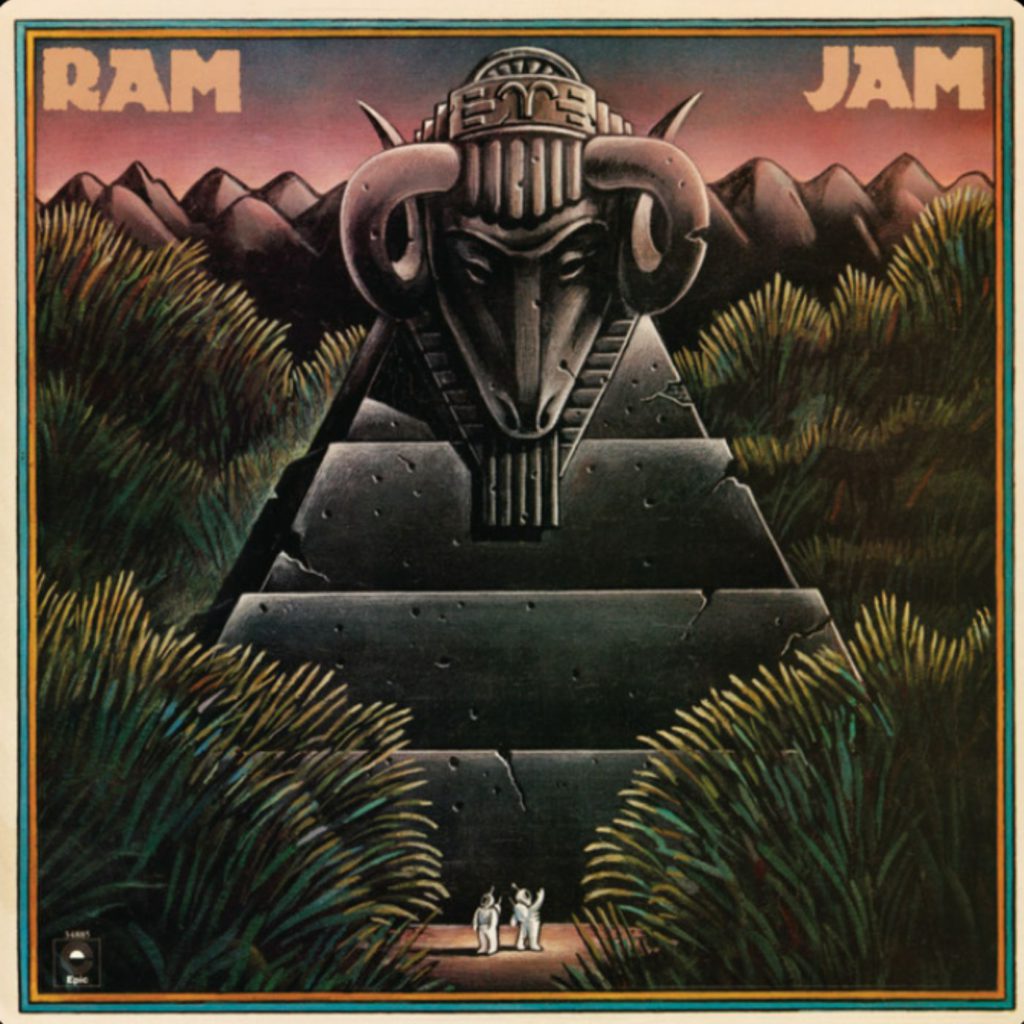
An old work song became number 18 chart gold when Ram Jam grabbed it. They created the ultimate driving anthem before anyone knew what that meant. Producer duo Kasenetz and Katz recognized lightning when they heard it. Even they couldn’t predict how this thunderous rhythm would burrow into rock DNA forever. The song’s meaning remains debated. Its impact hits you like a Louisville Slugger to the chest — immediate, undeniable, and slightly dangerous. Decades later, “Black Betty” still makes steering wheels vibrate and neighbors file noise complaints – a reminder of the kind of raw energy found among the Incredible 1970s bands we should’ve never forgotten.. Some tracks age gracefully. This one ages like fine whiskey mixed with gasoline. The palm-muted power chords create percussive attack that modern metal still copies. Ram Jam’s “Black Betty” story reveals how it became a lasting rock anthem.
7. Argent – “Hold Your Head Up”
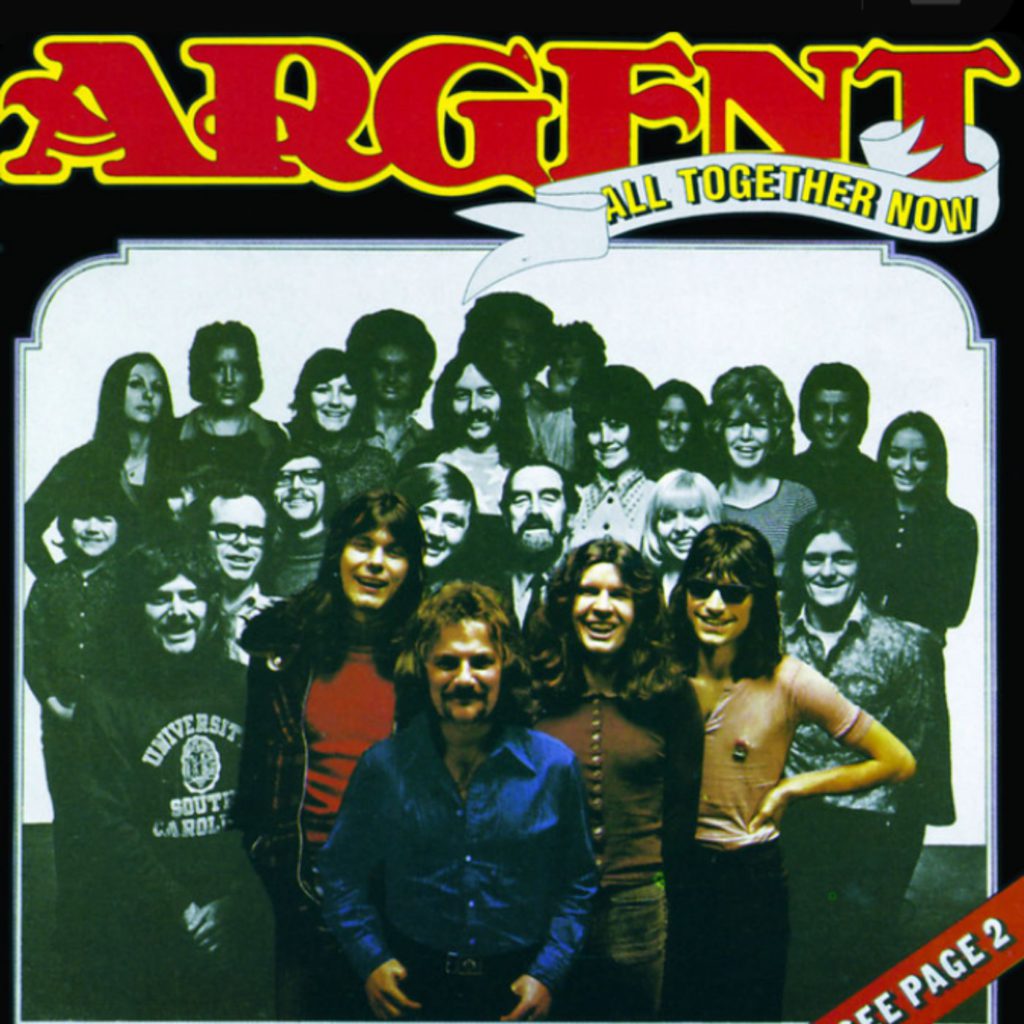
Resilience became an anthem when Argent soared to number 5 Billboard. They created their sole major U.S. success through sheer keyboard wizardry and persistent optimism. Rod Argent’s Hammond B3 solo earned Rick Wakeman’s praise as the best ever recorded, a testament to Rod Argent’s keyboard influence in rock music. High praise from prog royalty who knew organ mastery. The steady beat anchors hopeful lyrics that avoid toxic positivity. It offers genuine encouragement to anyone facing adversity. This track speaks directly to listeners without patronizing or oversimplifying complex emotions. Fifty years later, people still find strength in its message. Authentic inspiration never expires or loses relevance. The Leslie speaker cabinet creates that distinctive rotating tremolo effect that makes the organ solo transcendent.
6. Mountain – “Mississippi Queen”
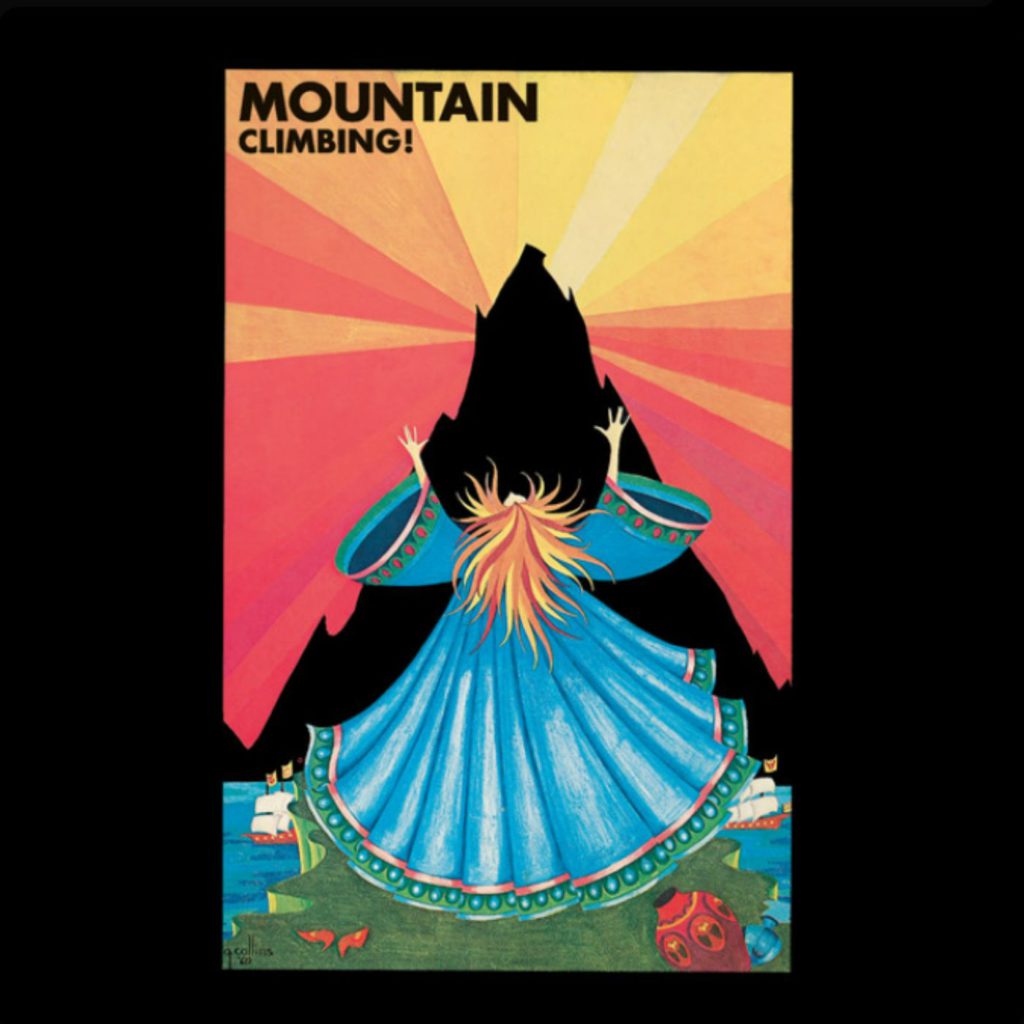
Proto-metal perfection doesn’t get more obvious than this. Critics rightfully hail this number 21 Billboard positioning that influenced every heavy band that followed, as Mountain’s impact on heavy rock is still felt today. Leslie West’s riff served as the blueprint for metal guitar tone. Corky Laing’s cowbell intro became instantly recognizable across three generations of rock fans. The song hits heavier than most early 1970s material. Mountain understood weight and dynamics before those concepts became standard curriculum. This track’s fierce edge still slices through modern playlists like a vintage Gibson through Marshall stacks. Mountain’s only major success created a template. Countless musicians still follow it fifty years later. West’s overdriven Marshall Super Lead amplifier created the template for heavy guitar tone that metal players worship today.
5. Rick Derringer – “Rock and Roll, Hoochie Koo”
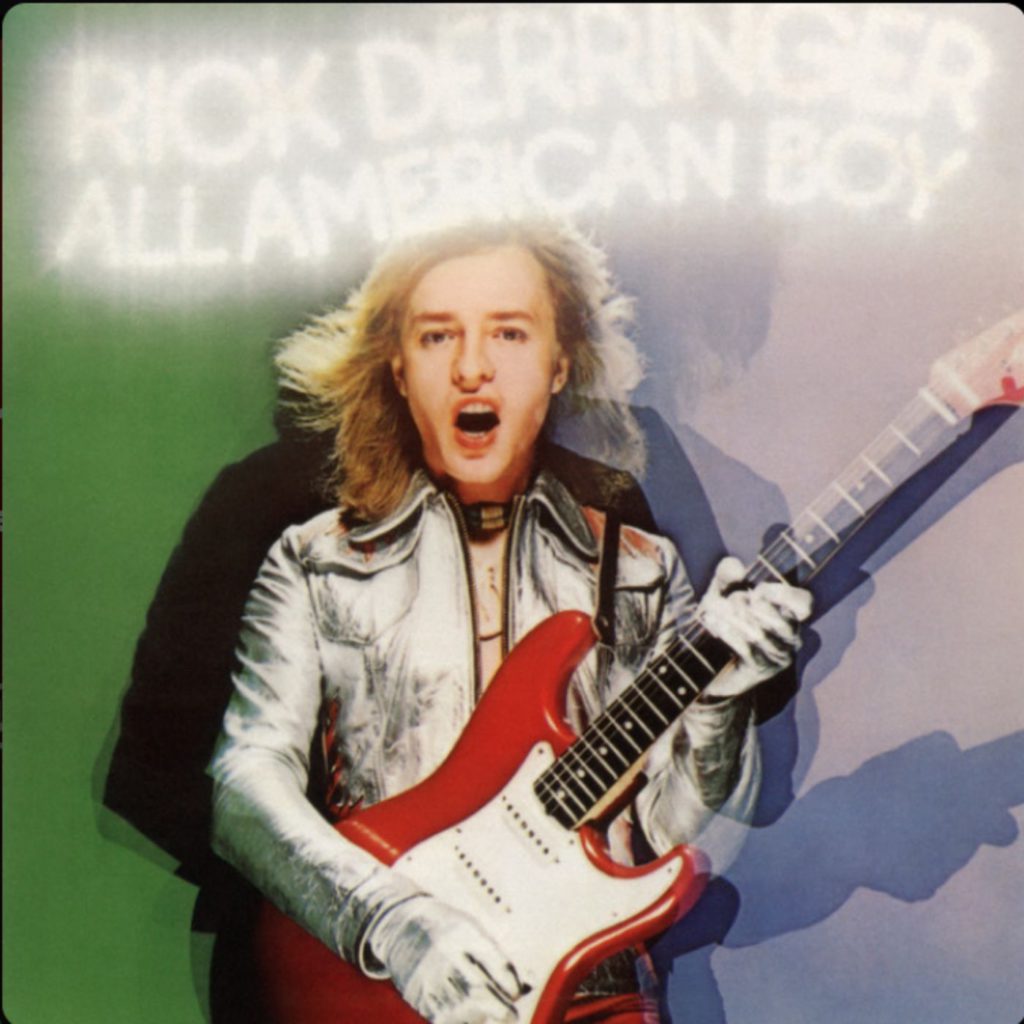
Sometimes you need to trust your own instincts. Derringer’s solo breakthrough hit number 23 Billboard after he reclaimed a song he’d originally written for Johnny Winter, marking a milestone in Rick Derringer’s solo career. The track crackles with bluesy electricity. It cuts through radio compression like it was designed for car speakers and summer afternoons. Winter recorded it first, but Derringer’s version captured something rawer. That aggressive riff hits harder than most early 1970s material. Every note screams authentic excess without the pretentious mysticism that plagued so many contemporaries. Hard rock distilled to its purest form — no filler, no philosophical nonsense. Just relentless guitar work and infectious energy. The Gibson Les Paul tone slices through the mix with surgical precision.
4. Head East – “Never Been Any Reason”
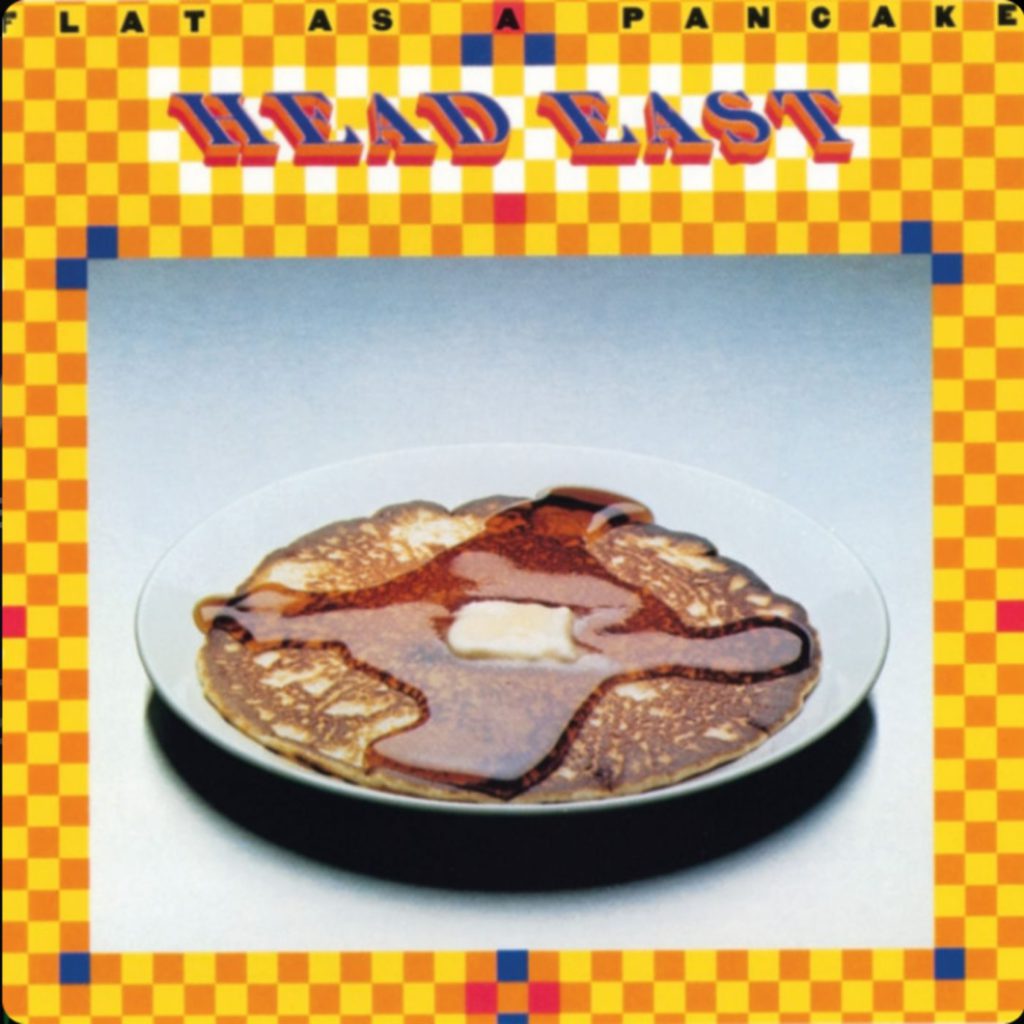
Number 68 on Billboard barely tells this story. “Never Been Any Reason” became cult gold through sheer word-of-mouth and late-night radio dedication, fueling Head East’s cult following that persists today. Classic rock DJs championed this track when vinyl flew off shelves faster than the label could press copies. That accidental double-tracked Minimoog solo adds texture. Modern producers spend months trying to recreate this digitally. The combination of heartfelt lyrics and sharp guitar work creates emotional weight. Most arena anthems fake this with volume alone. This hidden gem proves chart position means nothing when passion meets perfect timing. The interplay between acoustic and electric guitars showcases sophisticated arrangement skills rarely heard in mainstream rock.
3. Ten Years After – “I’d Love to Change the World”
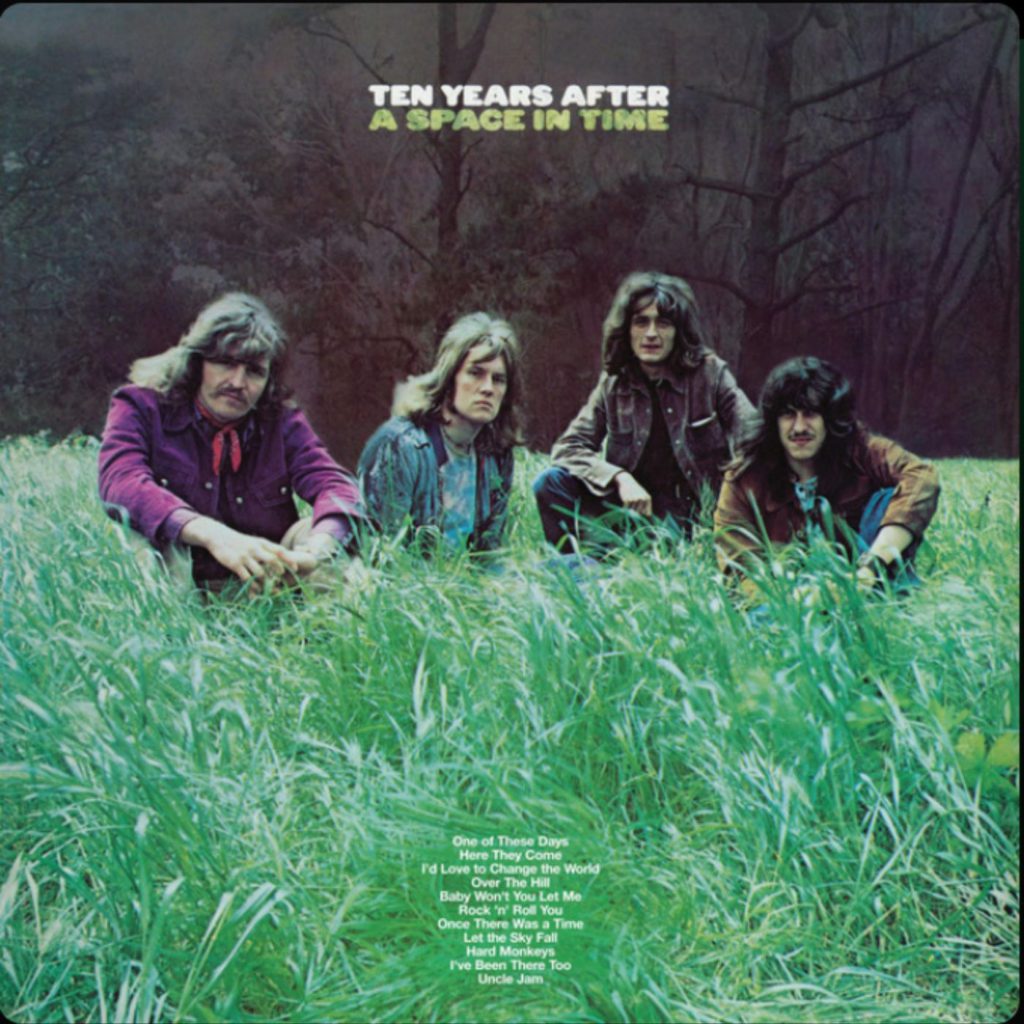
Can social commentary rock without preaching or condescending? Ten Years After proved it with number 40 Billboard packaging, and Ten Years After’s protest anthem remains relevant for its honest take on social issues. Alvin Lee crafted lyrics that address real problems without offering easy solutions. The track respects listeners’ intelligence enough to let them draw conclusions. Political awareness combines with musical sophistication. It avoids both toxic positivity and preachy finger-wagging. Sharp guitar riffs provide the emotional weight that transforms political statements into genuine art. Decades later, the social issues remain depressingly relevant. This track feels prophetic rather than dated. Sometimes the most powerful protest songs disguise themselves as entertainment. Lee’s Alvin Lee signature Gibson ES-335 delivers both bite and warmth in perfect balance.
2. Frijid Pink – “House of the Rising Sun”
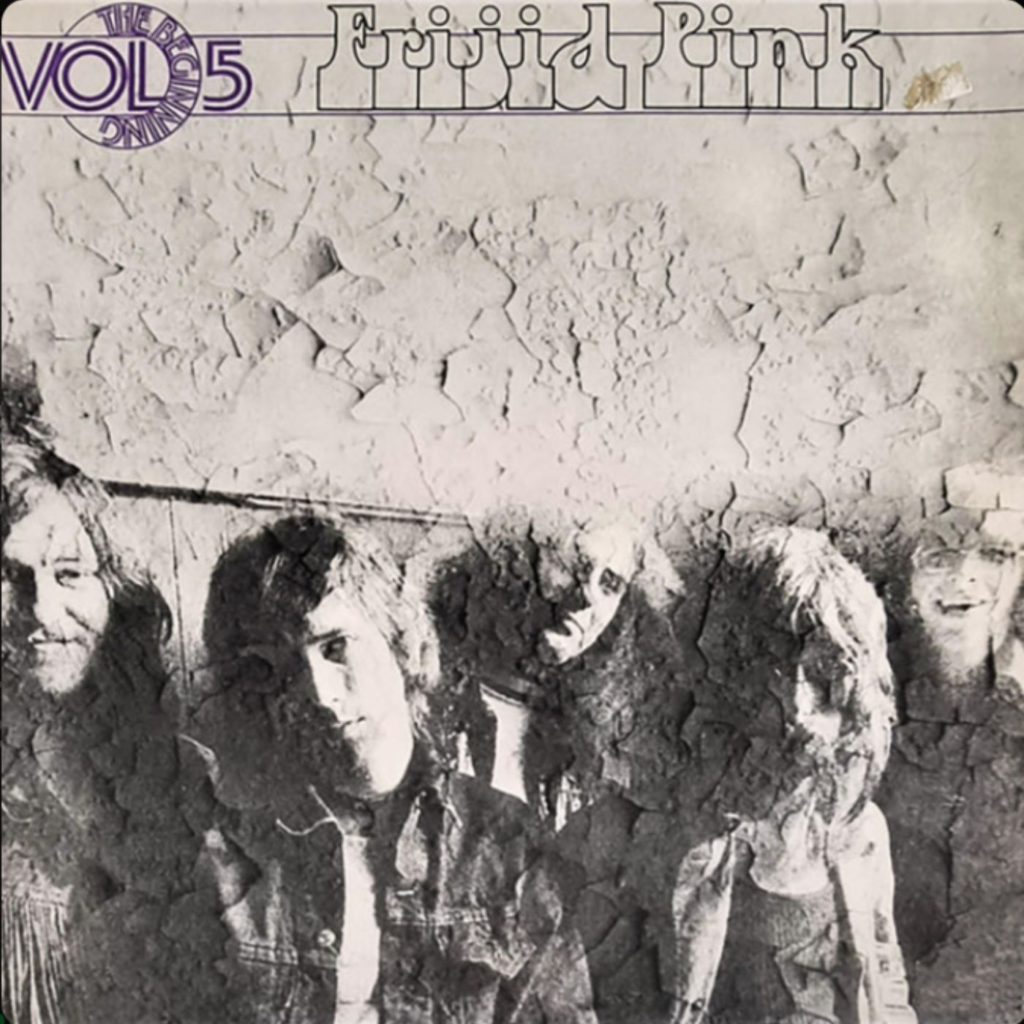
Taking a folk standard and turning it into a metallic freight train? Revolutionary concept, apparently. Frijid Pink’s version hit number 7 on Billboard, and Frijid Pink’s cover success shows how a classic song can be reinvented for a new era. Sometimes the best covers completely ignore the original’s DNA. Recorded in one take with twenty minutes of studio time remaining, this track bleeds spontaneous energy. No amount of Pro Tools wizardry can replicate this raw power. The distorted guitars don’t just accompany the vocals — they wage war against them. This creates tension that makes The Animals’ version sound like a lullaby. Four weeks longer chart life than the original speaks volumes. Raw power beats polished restraint every time.
1. April Wine – “Roller”
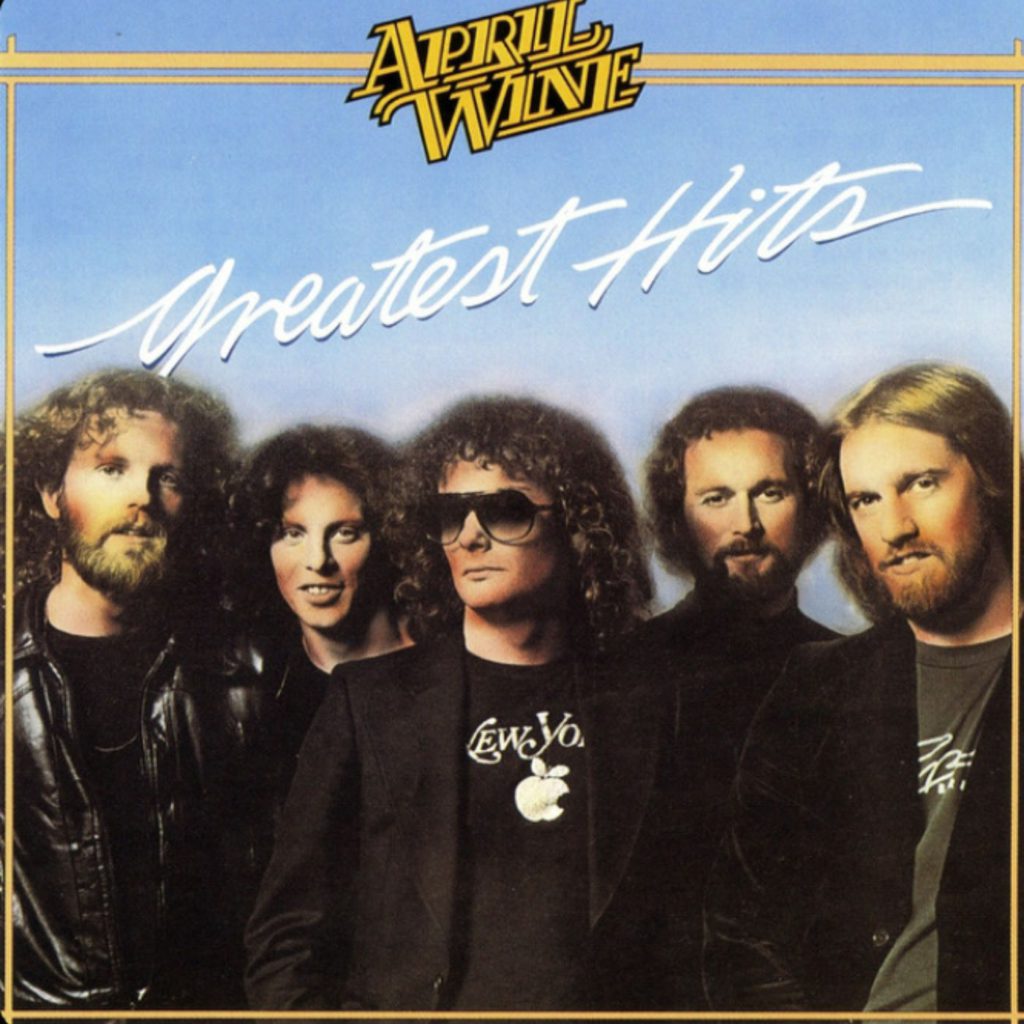
Pure Canadian grit flows through “Roller,” a track that should’ve launched April Wine into arena-rock immortality, as April Wine’s Canadian rock legacy proves. Instead, it faded after hitting number 34 on Billboard. The song opens with guitar work that cuts through radio static like a chainsaw through butter. These Halifax rockers understood dynamics better than most stadium acts. Every riff feels purposeful. Every vocal line was earned through countless bar gigs across the Great White North. This isn’t background music for your commute — it’s the soundtrack for burning rubber on empty highways, windows down, speakers cranked to eleven. The twin-guitar attack creates wall-of-sound density without losing clarity. For a look at the decade’s defining acts and how they shaped the scene, the Rise & Fall of the 10 Biggest Bands offers essential context.





